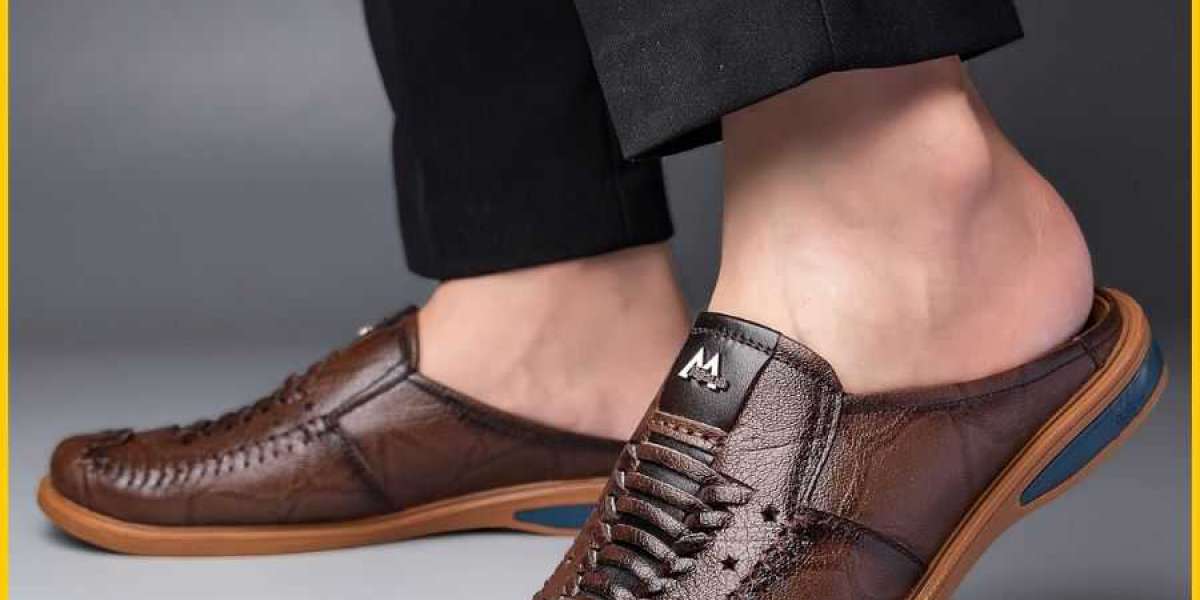Why Toilet Cubicles Matter in Modern Design
In shared facilities, privacy and hygiene are top priorities. Toilet cubicles offer a structured and efficient way to design restrooms, allowing multiple users to share a space without compromising personal comfort. Additionally, thoughtfully designed cubicles can elevate the overall look of a restroom, offering a clean and stylish aesthetic.
- Space Efficiency: Cubicles allow designers to maximize limited space without compromising functionality.
- Enhanced Privacy: High-quality cubicle partitions ensure users feel secure and comfortable.
- Improved Hygiene: Well-constructed toilet cubicles promote cleanliness and limit the spread of bacteria, especially when made with easy-to-clean materials.
Types of Toilet Cubicles Based on Design Needs
Toilet cubicles come in a variety of designs, each tailored to suit specific environments. Here are the main types:
- Standard Cubicles: Ideal for offices and commercial spaces, they offer basic privacy with customizable aesthetics.
- Kids’ Cubicles: Specially designed for schools, with lower heights and playful colors to make the environment comfortable and accessible for children.
- Accessible Cubicles: Built to provide accessibility for individuals with disabilities, with features like extra space, support bars, and easy-to-open doors.
- Shower Cubicles: Often used in gyms, spas, and hotels, these are designed to provide privacy for showering, with waterproof materials to ensure durability.
Materials Used in Toilet Cubicles
The material choice directly impacts a cubicle’s durability, aesthetics, and maintenance needs. Here are some popular materials used in toilet cubicles:
- Compact Laminate (HPL): A highly durable material, resistant to water, impact, and scratches. Ideal for high-traffic areas, HPL is also available in various finishes and colors.
- Phenolic Core Panels: Known for their strength and durability, phenolic panels are resistant to moisture and can withstand harsh cleaning chemicals.
- Glass: Tempered glass cubicles offer a luxurious feel and are often used in high-end spaces. They’re easy to clean and provide a modern, sleek aesthetic.
- Stainless Steel: Durable and easy to clean, stainless steel cubicles are commonly used in public facilities due to their longevity and resistance to vandalism.
- Powder-Coated Steel: This option combines durability with customization, as it can be powder-coated in various colors. While not as resistant to moisture as phenolic or HPL, it’s popular in office environments.
Key Benefits of Installing Toilet Cubicles
Installing high-quality toilet cubicles has numerous advantages, making them an investment that enhances user experience, hygiene, and overall restroom aesthetics.
- Cost-Effective and Space-Saving: Compared to building individual restroom spaces, cubicles save on construction costs while optimizing available space.
- Customizable and Versatile: With various materials, colors, and finishes, cubicles can be tailored to meet any design vision or corporate branding requirement.
- Enhanced Hygiene and Easy Maintenance: Materials like compact laminate and stainless steel are easy to clean and sanitize, which is crucial in shared spaces.
- Durability in High-Traffic Areas: Many cubicle materials are built to withstand heavy use, ensuring a longer lifespan even in busy environments.
- Improved Aesthetics: Modern cubicles offer a sleek, professional look, transforming restrooms into well-designed, inviting spaces.
Installation Process of Toilet Cubicles
Professional installation is key to ensuring the durability and stability of toilet cubicles. Here’s an outline of a typical installation process:
- Site Survey and Measurement: Experts assess the restroom space, taking measurements to ensure cubicles fit perfectly.
- Material Selection: Depending on the location and expected foot traffic, installers help choose the best material for the cubicles.
- Customization and Pre-Assembly: Any customization, like specific colors or branded patterns, is completed before on-site assembly begins.
- On-Site Installation: The cubicle frames are anchored to walls and floors, ensuring stability. Doors, panels, and hardware are added to complete the structure.
- Final Inspection: The installation team conducts a quality check to confirm each cubicle meets specifications and functions correctly.
Factors to Consider When Choosing Toilet Cubicles
When selecting cubicles for any facility, several factors come into play:
- Foot Traffic: For high-traffic areas, opt for durable materials like HPL or phenolic core panels.
- Maintenance Needs: Consider materials that are easy to clean, especially in public restrooms.
- Aesthetics and Brand Alignment: Colors and designs should complement the overall decor of the space.
- Budget Constraints: Different materials come at varying costs; balance budget with durability for cost-effectiveness.
- Accessibility Requirements: Ensure compliance with accessibility standards by including wider cubicles and support bars where needed.
Innovative Trends in Toilet Cubicle Design
As design preferences evolve, several trends are shaping the toilet cubicle industry:
- Minimalist Designs: Clean lines, muted colors, and simple hardware create a modern, streamlined look.
- Eco-Friendly Materials: Sustainable materials like recycled glass or FSC-certified wood are gaining popularity.
- Anti-Bacterial Surfaces: With heightened awareness of hygiene, materials that inhibit bacterial growth are in demand.
- Integrated Technology: Features like occupancy indicators, automatic door locks, and ventilation systems are being incorporated into modern cubicles for added convenience and comfort.
Conclusion: Investing in Quality Toilet Cubicles
High-quality toilet cubicles not only add value to commercial and public spaces but also enhance user experience, providing privacy, comfort, and cleanliness. By choosing the right materials and designs, businesses can create restrooms that reflect their brand values while meeting user needs. Whether you’re designing a small office or a large shopping complex, investing in well-crafted Toilet Cubicle Manufacturers will pay off in both aesthetics and functionality.








